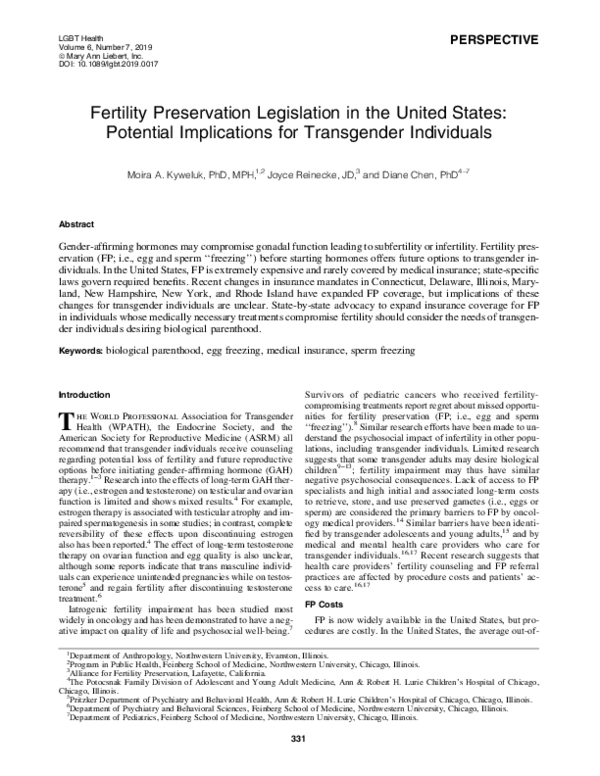The UK's Legal Definition Of Woman: Implications For Transgender Rights And Sex-Based Legislation

Table of Contents
The Current Legal Landscape: Defining "Woman" in UK Law
The absence of a single, universally agreed-upon legal definition of "woman" across all UK legislation is a significant source of legal and social complexity. The UK's Legal Definition of Woman is not explicitly codified in a single piece of legislation, leading to inconsistencies and challenges in its interpretation and application.
Absence of a Single, Explicit Definition
Unlike some countries, the UK lacks a single, overarching legal definition of "woman." This ambiguity creates a patchwork of definitions, dependent on the specific legislative context. This lack of clarity significantly complicates matters when dealing with issues related to gender identity and sex-based rights. The very definition of 'woman' becomes a matter of intense legal and political contention.
Context-Specific Definitions
The definition of "woman" shifts depending on the specific piece of legislation. For instance, the Gender Recognition Act 2004 (GRA) allows transgender individuals to obtain a Gender Recognition Certificate (GRC), legally changing their gender. However, the GRA's definition of "woman" is limited to those who have acquired a GRC. The Equality Act 2010, on the other hand, offers different protections and often utilizes biological sex as the defining factor in certain contexts.
- Limitations of self-identification: While self-identification is crucial for transgender rights, relying solely on it in all legal contexts presents limitations, particularly in areas requiring biological sex distinctions for safety or fairness.
- Biological sex in other areas of law: Many areas of law, such as those related to reproductive rights, sports, or prisons, explicitly rely on biological sex as a determining factor. This creates conflicts and inconsistencies when interacting with the GRA's approach to gender recognition.
The Role of Case Law
Court rulings play a crucial role in shaping the interpretation of "woman" within various legal contexts. Case law continuously evolves, clarifying—and sometimes complicating—the legal landscape. Judicial decisions often grapple with the tension between self-identification and biological sex, leading to inconsistent application of the law across different cases. The lack of a clear statutory definition leaves much to judicial interpretation, further emphasizing the need for legislative clarity.
Implications for Transgender Rights
The lack of a clear and consistent definition of "woman" in UK law has profound implications for transgender rights, creating both opportunities and obstacles. The UK's Legal Definition of Woman directly affects the legal recognition and protection afforded to transgender individuals.
The Gender Recognition Certificate (GRC) Process
The GRC process, outlined in the GRA 2004, allows transgender individuals to legally change their gender. However, obtaining a GRC involves several requirements, including a diagnosis of gender dysphoria and a period of living in their acquired gender.
- Debate surrounding GRC reforms: There are ongoing debates about reforming the GRC process, with arguments focusing on simplifying the process, removing requirements, or exploring alternative legal frameworks.
- Legal challenges related to GRC and sex-based legislation: The interaction between GRCs and sex-based legislation remains a point of contention, with legal challenges frequently arising concerning the application of sex-based exceptions and protections.
Discrimination and Legal Protection
The absence of a clear definition of "woman" makes it challenging to provide consistent legal protection against discrimination for transgender individuals. This creates ambiguity in how the Equality Act 2010 applies to them, particularly concerning sex-based provisions.
- Tensions between transgender rights and sex-based protections: Balancing the rights of transgender individuals with the need to maintain protections for women based on biological sex creates inherent tensions in the legal framework.
- Examples of discrimination: Transgender individuals continue to experience discrimination in various areas, including employment, healthcare, and access to services, highlighting the urgent need for clearer legal protections.
Sex-Based Legislation and the Definition of "Woman"
The ongoing debate surrounding The UK's Legal Definition of Woman significantly impacts sex-based legislation and the creation of safe spaces for women. The tension lies in balancing the rights and needs of transgender individuals with the protection of sex-based rights for cisgender women.
Protection of Women's Services and Spaces
The question of inclusion of transgender women in single-sex spaces and services is a central point of contention. This includes spaces such as domestic violence shelters, changing rooms, and prisons.
- Arguments for and against inclusion: Arguments for inclusion center on the principle of non-discrimination and the need for inclusive and accessible services. Arguments against often raise concerns about safety and privacy for cisgender women.
- Potential risks and benefits: Each approach carries potential risks and benefits, requiring careful consideration of individual circumstances and the specific context of the service or space in question.
Equality Act 2010 and Sex-Based Exceptions
The Equality Act 2010 allows for sex-based exceptions in certain circumstances, recognizing that some services or situations may legitimately be limited to one sex. However, the interaction between these exceptions and the rights of transgender individuals is a source of ongoing legal and social debate.
- Real-world examples of legislative conflicts: Specific examples of conflicts involve access to women's refuges, participation in sports competitions, and the application of certain employment policies.
- Ongoing legal challenges: The legal challenges to these exceptions highlight the need for clarification and refinement of the law to balance the competing interests involved.
Conclusion
The UK's Legal Definition of Woman remains a complex and evolving area of law. This article has highlighted the absence of a unified definition, its significant impact on transgender rights, and the persistent challenges within sex-based legislation. The ongoing tension between self-identification and biological sex necessitates careful consideration and ongoing dialogue. Understanding The UK's Legal Definition of Woman is crucial for fostering a fair and inclusive society. Stay informed and participate in shaping the future of gender identity law in the UK by researching the latest developments through government websites, legal organizations, and academic resources dedicated to gender studies and equality law.

Featured Posts
-
 Louisville Downtown Evacuations Dangerous Natural Gas Levels
Apr 29, 2025
Louisville Downtown Evacuations Dangerous Natural Gas Levels
Apr 29, 2025 -
 How You Tube Attracts Older Viewers Seeking Familiar Entertainment
Apr 29, 2025
How You Tube Attracts Older Viewers Seeking Familiar Entertainment
Apr 29, 2025 -
 Shedeur Sanders Prank Call Son Of Falcons Defensive Coordinator Apologizes
Apr 29, 2025
Shedeur Sanders Prank Call Son Of Falcons Defensive Coordinator Apologizes
Apr 29, 2025 -
 Make February 20 2025 A Happy Day
Apr 29, 2025
Make February 20 2025 A Happy Day
Apr 29, 2025 -
 Israel Faces Pressure To Lift Gaza Aid Ban Amidst Shortages
Apr 29, 2025
Israel Faces Pressure To Lift Gaza Aid Ban Amidst Shortages
Apr 29, 2025
